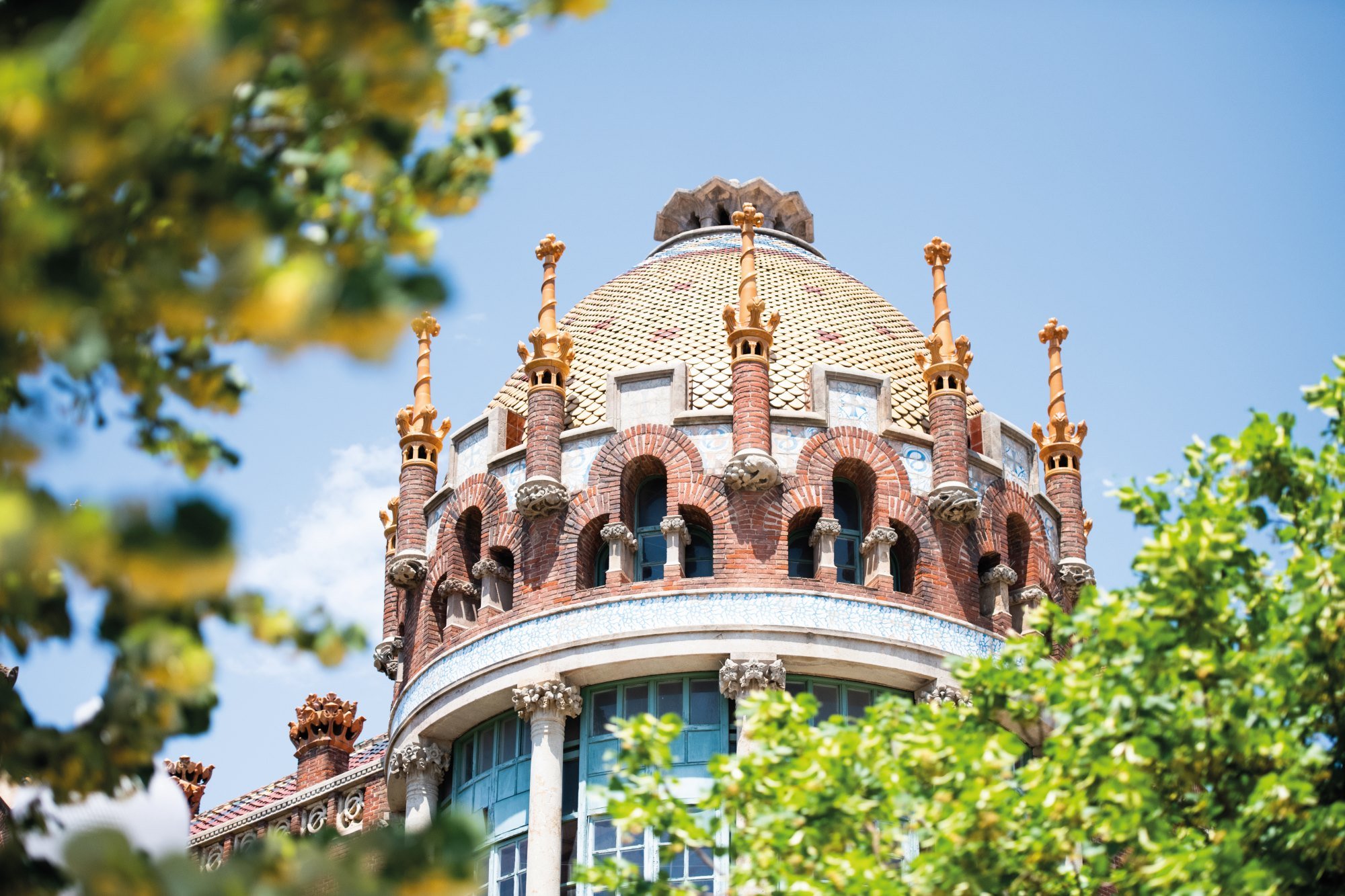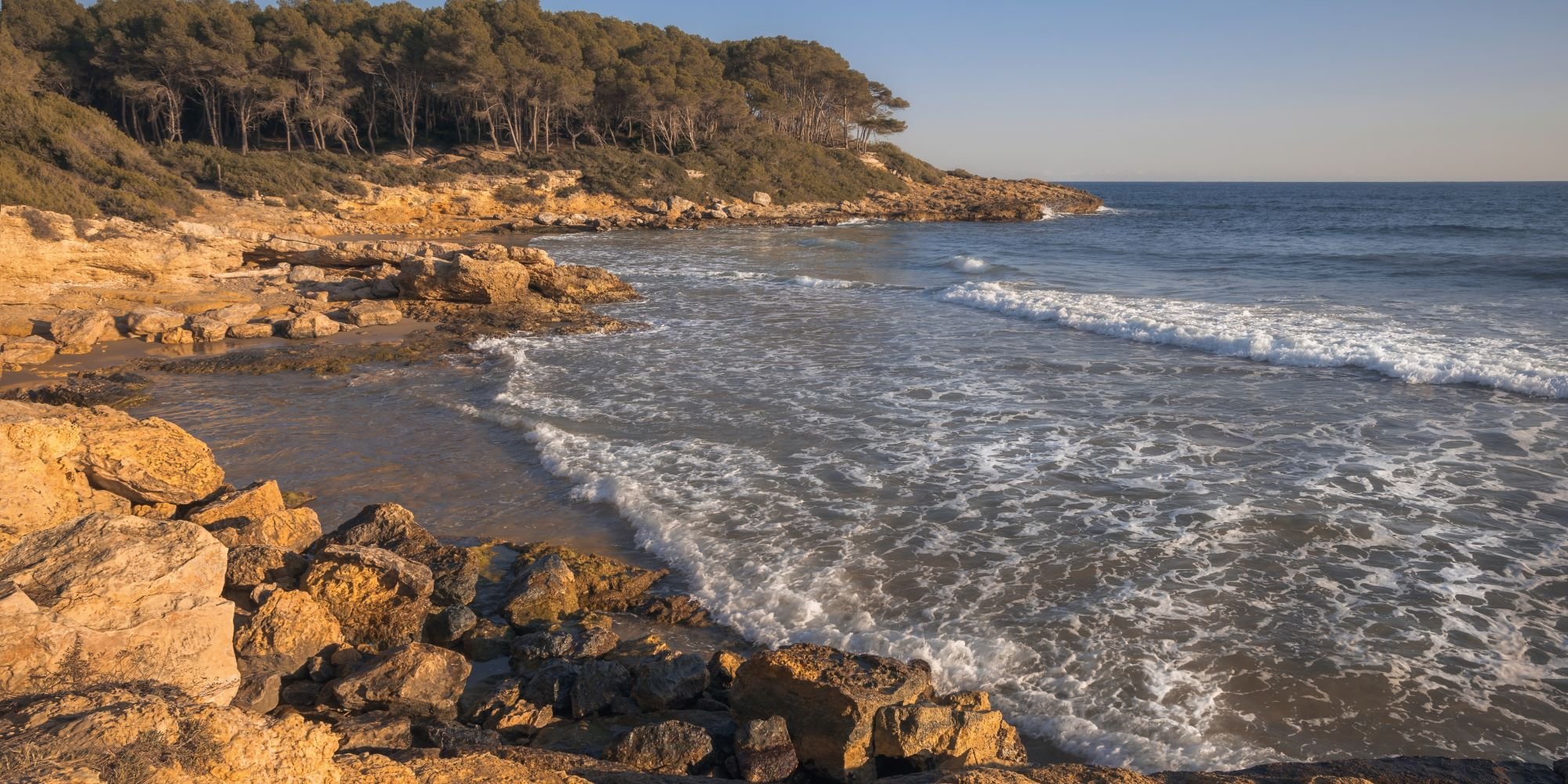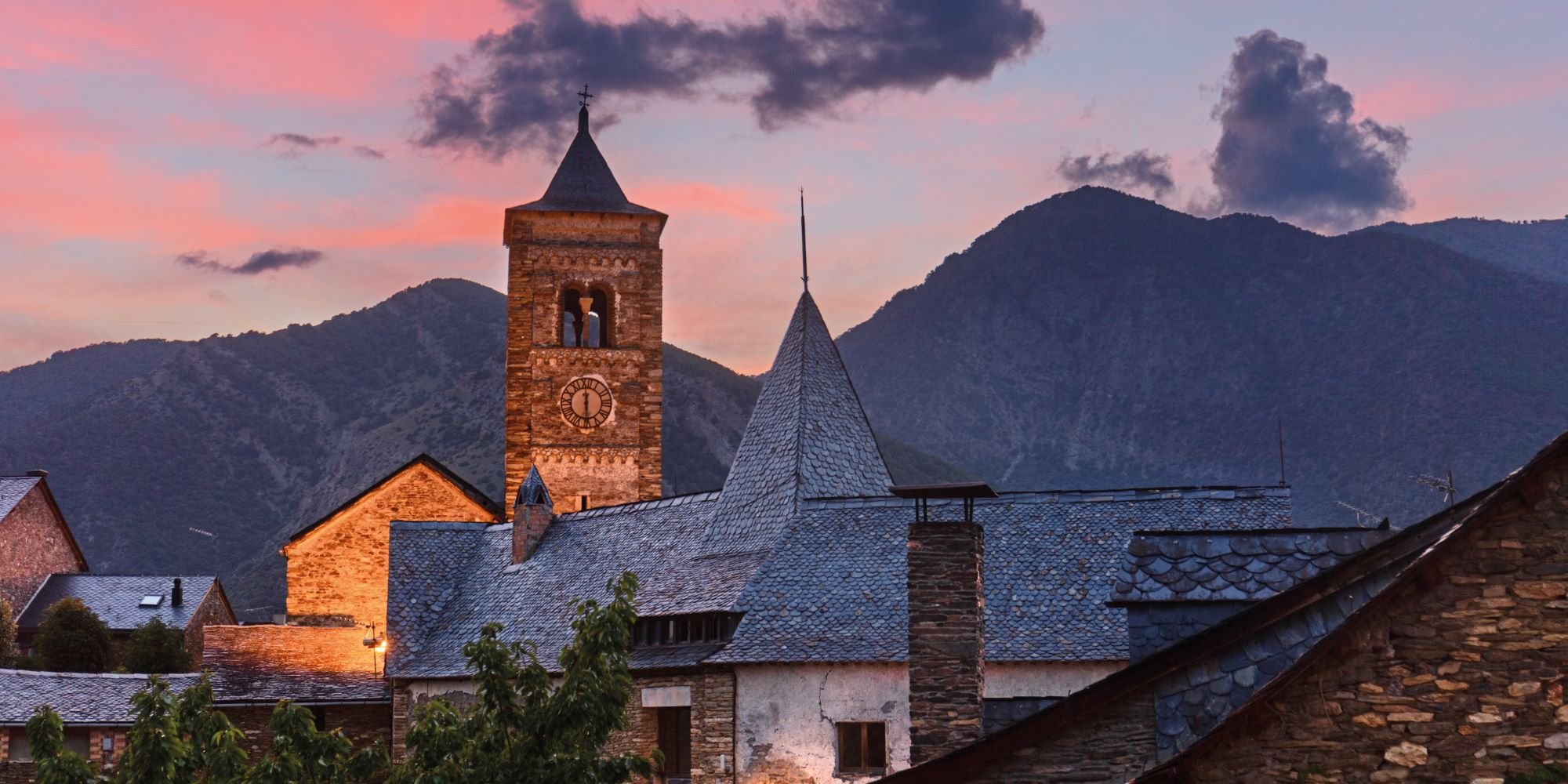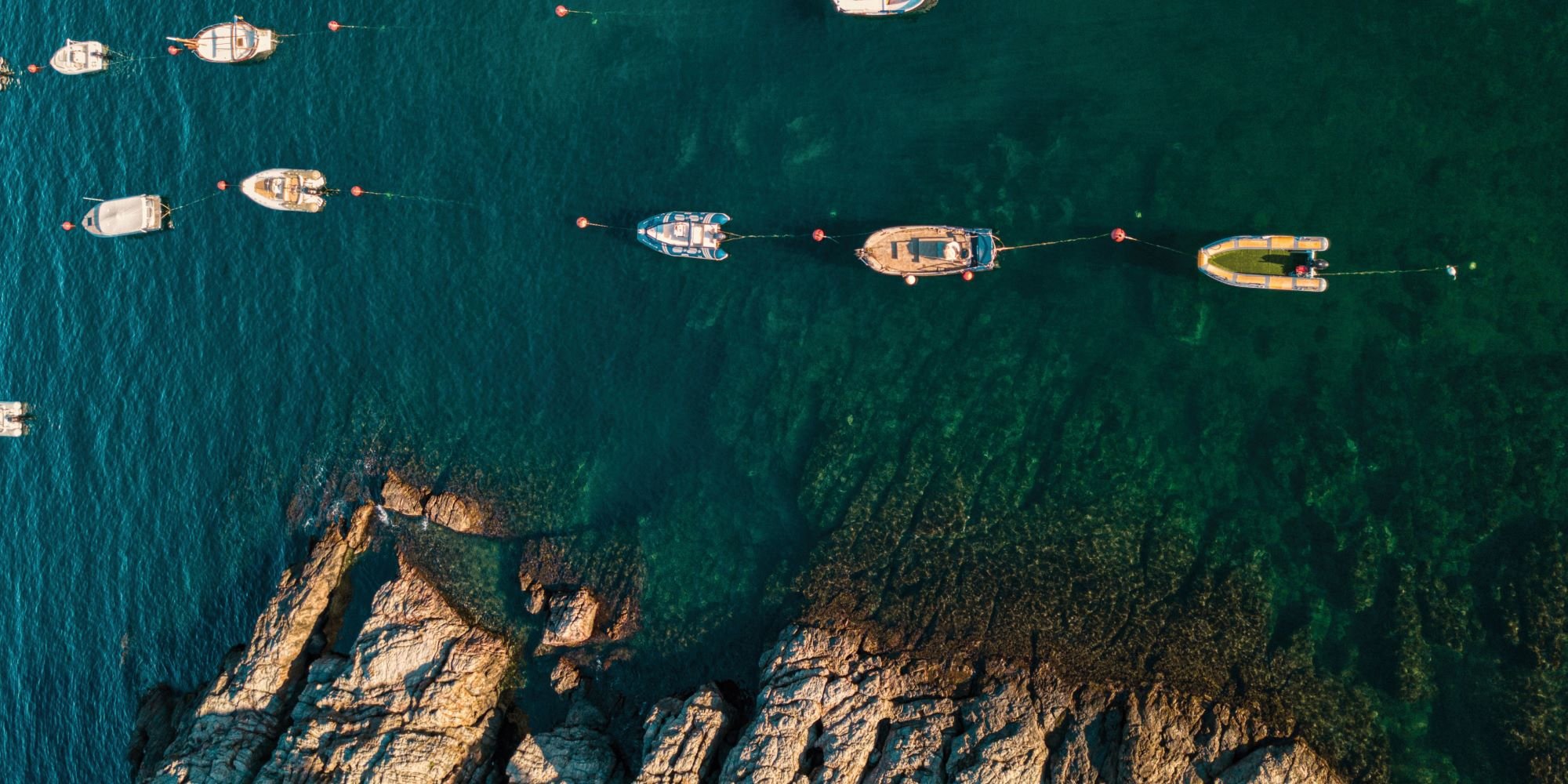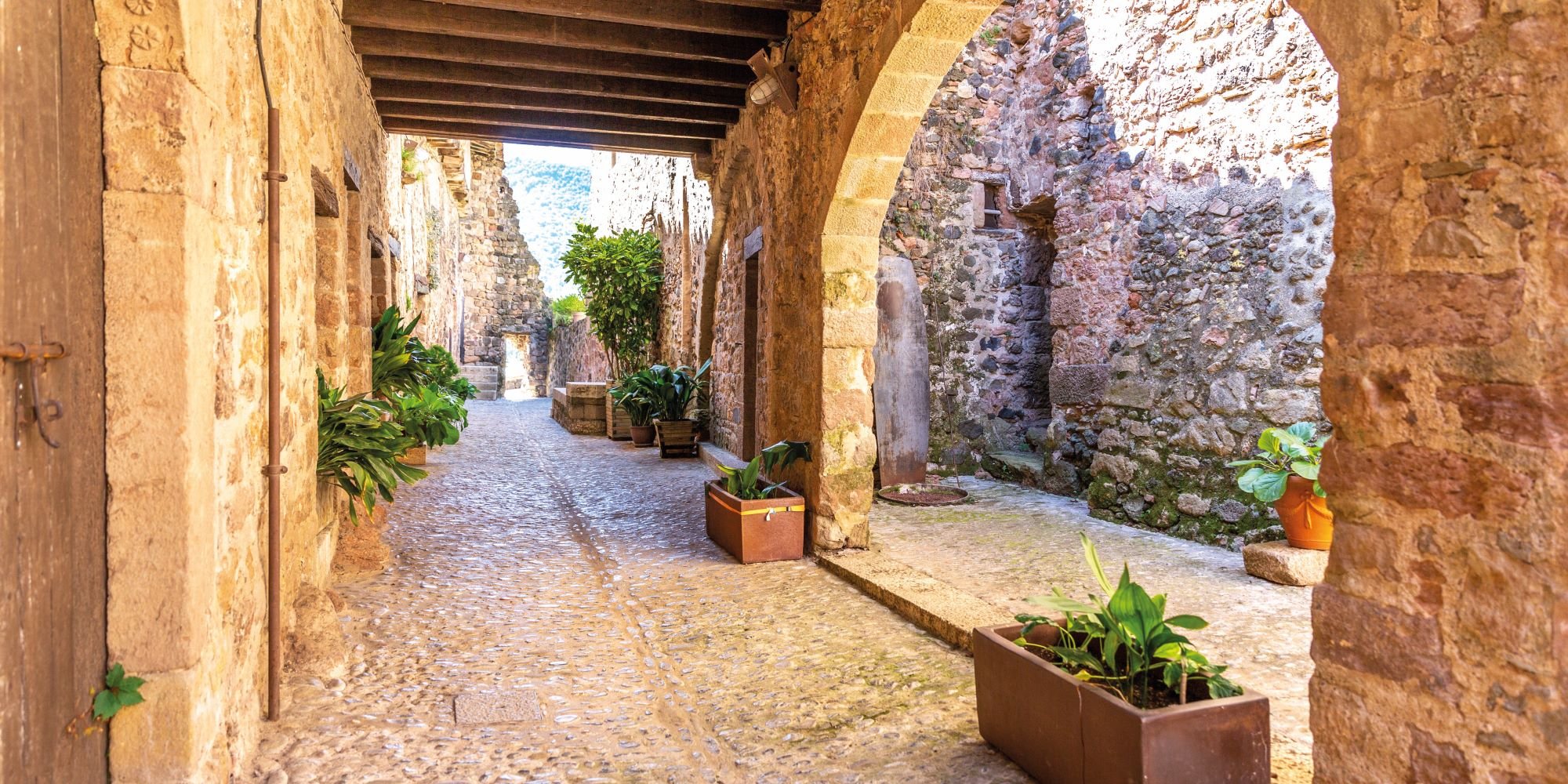Charms of Catalonia
“Whether it’s a culinary break, a coastal escape, a hiking adventure or a historical amble you’re after, Catalonia knows how to charm.”
Hospital de la Santa Creu i Sant Pau. Picture: Sarah Lucy Brown
Words by Laura French
From the Gaudí-etched streets of Barcelona to the medieval ramparts of Girona via idyllic beaches, majestic mountains and quaint rural villages, Catalonia is as diverse as it is captivating. Culture, history and gastronomy come together in this distinctive region, whose draws include the Costa Brava, the Costa Daurada and the Catalan Pyrenees, with an impressive clutch of Michelin-starred restaurants and boutique hotels drawing luxury travellers after an iconic escape.
THE CATALAN CAPITAL
At its heart is Barcelona, where Gaudí’s whimsical creations – among them the glittering spires of the Sagrada Familia, the surrealist interiors of Casa Milà and the dragon-inspired creations of Parc Güell – meet world‑class cuisine, culture and nightlife.
Any visit here warrants a visit to the cobbled old Gothic Quarter, the palm-fringed Las Ramblas and the beach at Barceloneta, but venture beyond these highlights and you’ll find a whole other side to the city. El Born is something of a hidden secret with its tucked-away speakeasies, trendy coffee shops and excellent restaurants, while Gràcia feels like its own little village with bohemian boutiques, quirky restaurants and colourful plazas that play host to regular live music.
To see the city from on high, take a cable car up to the hilltop Montjuic Castle, or head to one of the city’s plush rooftop bars; Hotel Pulitzer’s tropical terrace hosts regular DJ sets, while the rooftop at Ayre Rosellón Hotel sits right opposite the Sagrada Familia and boasts some of the best views in the city.
Barcelona isn’t just about the sightseeing, of course; it’s also Catalonia’s gastronomy capital, boasting no less than 35 Michelin stars across 26 restaurants. Among its very best is Lasarte, where tasting menus serve up exquisitely designed dishes that look like works of art; and Moments, set on the famous Passeig de Gracia and headed by chef Carme Ruscalleda, who’s won a total of seven Michelin stars across her portfolio of restaurants in Spain and Tokyo. Afterward, wash your dinner down with a tipple or two at quirky cocktail haunt Paradiso, named the World’s Best Bar in 2022.
Architecture by Antoni Gaudí in Barcelona
WINE & DINE
It’s not only in the capital that you’ll find exceptional gastronomy, of course. Catalonia lays claim to a total of 50 Michelin-starred restaurants across its towns and cities, helped along by a serious aptitude for wine and cava.
In Girona, the famous Roca brother chefs have earnt three Michelin stars for Cellar de Can Roca – twice voted the World’s Best Restaurant and boasting no less than 60,000 wines. At the historic, Michelin-starred Ca l’Enric, gourmands can sample forest-inspired Catalan dishes at a restaurant passed down through four generations, while at Castell Peralada you can indulge in unique creations served in a 14th-century castle.
By the coast there’s plenty more to tantalise; head to the Michelin-starred Can Bosch restaurant in Tarragona for just-caught seafood, or try Quatre Molins for creative plates inspired by the chef’s sojourns in Spain, France and Italy.
COASTAL CHARMS
Beyond the culinary scene, Catalonia boasts plenty more to entice. The Costa Brava, northeast of Barcelona, serves up rugged cliffs, fishing villages and picturesque beaches in spades across its 1,240 miles of coastline.
Cadaqués is one of its most enchanting spots, with whitewashed houses and steep cobbled streets among the charms, while neighbouring Cap de Creus Natural Park inspired Dalí, who built a house in nearby Portlligat. The artist grew up in the town of Figueres, a 50-minute drive away; visit to see the Salvador Dalí Theatre‑Museum, home to several of his masterpieces, and stay on to tour his family home, set to open to the public for the first time this year.
Farther south along the coast, Calella de Palafrugell is well worth a visit for its peaceful beach and traditional fishermen’s cottages, while the elegant town of Santa Susanna boasts a long strip of fine sand alongside quaint cobbled streets and medieval remnants.
South of Barcelona there’s the Costa Daurada, offering up a further slew of seaside towns. They include Sitges, whose white stone architecture, sandy beaches and bohemian vibe have been inspiring artists since the 19th century, and Tarragona, a lively seaside city home to a cluster of Unesco-listed Roman buildings, including a well-preserved, second-century amphitheatre.
Inland, there’s plenty more to explore in the way of history. Girona is one of Catalonia’s true treasures with its medieval walls, Gothic cathedral and atmospheric Roman quarter; wander the pedestrianised La Rambla de la Llibertat to browse its shops and cafes, then stroll along the colourful banks of the Onyar River and stop by El Call to see one of the best-preserved Jewish quarters in Spain.
INTO THE WILD
It’s not just in culture that Catalonia is rich, though, with a handful of natural parks scattered across its surface. The Catalan Pyrenees are something of an adventure playground, with the Aigüestortes i Estany de Sant Maurici National Park at their heart and home to more than 200 lakes, alongside a myriad hiking routes meandering between 3,000-metre mountain peaks.
Elsewhere, the Serra del Cadí mountain range draws climbers seeking a challenge, while the Val d’Aran is a hotspot for skiing in winter. Back on the flat, the Ebro Delta lays claim to being the second-largest wetland area in the western Mediterranean, with more than 340 species of birds calling it home, while the Aiguamolls de l’Empordà Natural Park is a marshy habitat for storks and other birds found nowhere else in the region.
Closer to Barcelona, Montserrat is well worth exploring for its dramatic, surrealist-style rock formations and well‑preserved monastery, founded as a mountain hermitage in the 11th century. Blending manmade architecture with a spectacular natural landscape, this majestic sight is perhaps the perfect emblem of Catalonia as a whole – and an ode to the much-revered history of this underrated, ever-changing region.

